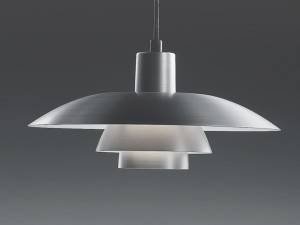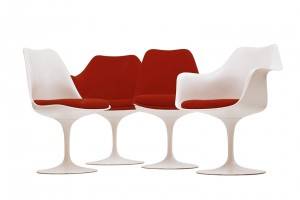Wellbeing at Work Summit Middle East 2026,
Cairo, Riyadh, Muscat and Dubai
20 January 2026
More information
A new role for technologies in workplace change,
Online
21 January 2026
More information
BCO East Anglia Research Report Event: Redefining the Market – Beyond Grade A,
Cambridge
22 January 2026
More information
BCO South West Research Report Event: Redefining The Market – Beyond Grade A,
Bristol
26 January 2026
More information
Space Plus,
London
27 January 2026
More information
Space UK,
London
28 January 2026
More information
High-Tech, Low-Touch: Why The Future of Workplace Experience Isn’t on a Screen,
Online
29 January 2026
More information
Top Cultural risks impacting wellbeing and performance of the Indian Workplace,
Online
18 February 2026
More information
Featured
-

How leadership can drive positive changes in workplaces
-

Actionable workplace wellness initiatives for small businesses
-

How business leaders can support disabled people in the workplace
-

Addressing the problem of burnout in high stress industries
-

How healthcare leaders can enhance their business acumen
-

Employers urged to expand flexible working ahead of 2027 legal changes
-

Business leaders bemoan slow progress on ‘Europe’s Silicon Valley’







March 9, 2015
The UK’s enduring and understandable love affair with Scandinavian design
by Justin Miller • Comment, Furniture, Lighting, Workplace design
The touchstone for this new era was the Festival of Britain in 1951, which showcased vibrant modernism to the British for the first time. So influential was Nordic design in this exhibition that the architecture critic Jonathan Meades suggested in a recent BBC documentary that it should have been named the Festival of Scandinavia.
The post-War British began to reject high shine dark woods and embrace new forms and materials including lighter woods. At the spearhead of this new generation of furniture design were figures such as Arne Jacobsen whose Egg (top) and Ant chairs remain iconic to this day as are the light fittings of Louis Poulsen (right). The influence of this generation of Nordic designers was not restricted to these shores. In the US, Eero Saarinen was popularising the same principles in architecture and industrial design.
woods. At the spearhead of this new generation of furniture design were figures such as Arne Jacobsen whose Egg (top) and Ant chairs remain iconic to this day as are the light fittings of Louis Poulsen (right). The influence of this generation of Nordic designers was not restricted to these shores. In the US, Eero Saarinen was popularising the same principles in architecture and industrial design.
This is design woven into the fabric of our lives and many of its most exemplary products are known to us without us being able to name them or their designers, for example with the Saarinen designed tulip chair (below right) which is a common and much copied element in the backdrop of our lives. Scandinavian design is often unashamedly humanistic so it’s not surprising that the Scandinavians have long pioneered the most advanced ideas about ergonomics. The Nordic focus on lifestyle and health issues informs their most sophisticated seating designs, particularly the new generation of office seating designs that create active forms of sitting as well as the latest sit-stand workstations.
The same enlightened approach is evident in the use of wood in Scandinavian design. Wood is a material that people inherently love. So much so in fact that firms have often sought to mimic it with other materials such as laminates.
inherently love. So much so in fact that firms have often sought to mimic it with other materials such as laminates.
But biomimicry can only take you so far. Not only is there nothing like the real thing from an aesthetic point of view, wood has a number of characteristics that set it apart from its artificial substitutes. It ages to become more – rather than less – beautiful. It is renewable, sustainable, recyclable and durable. Trees are inherently good for the environment, absorbing CO2 and making the world more beautiful. Scandinavian design is built upon such enduring principles so it’s no surprise that we have an ongoing love affair with the products it offers us.
__________________________